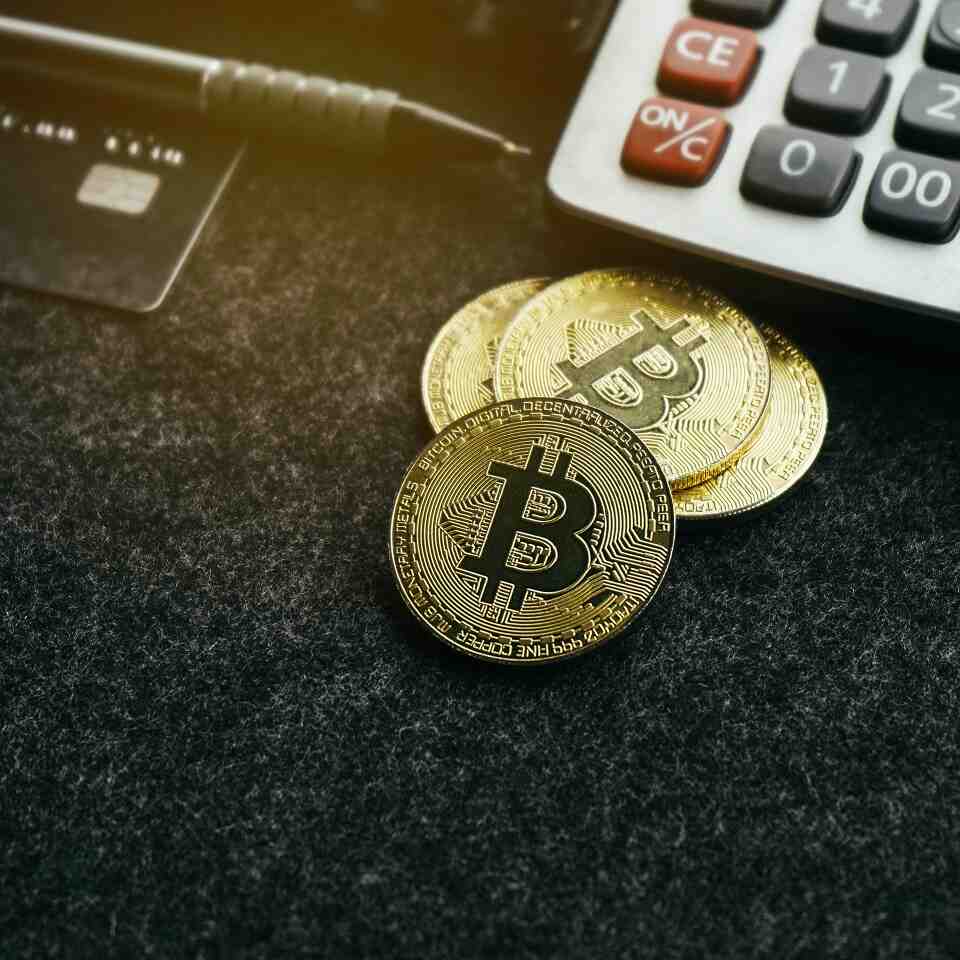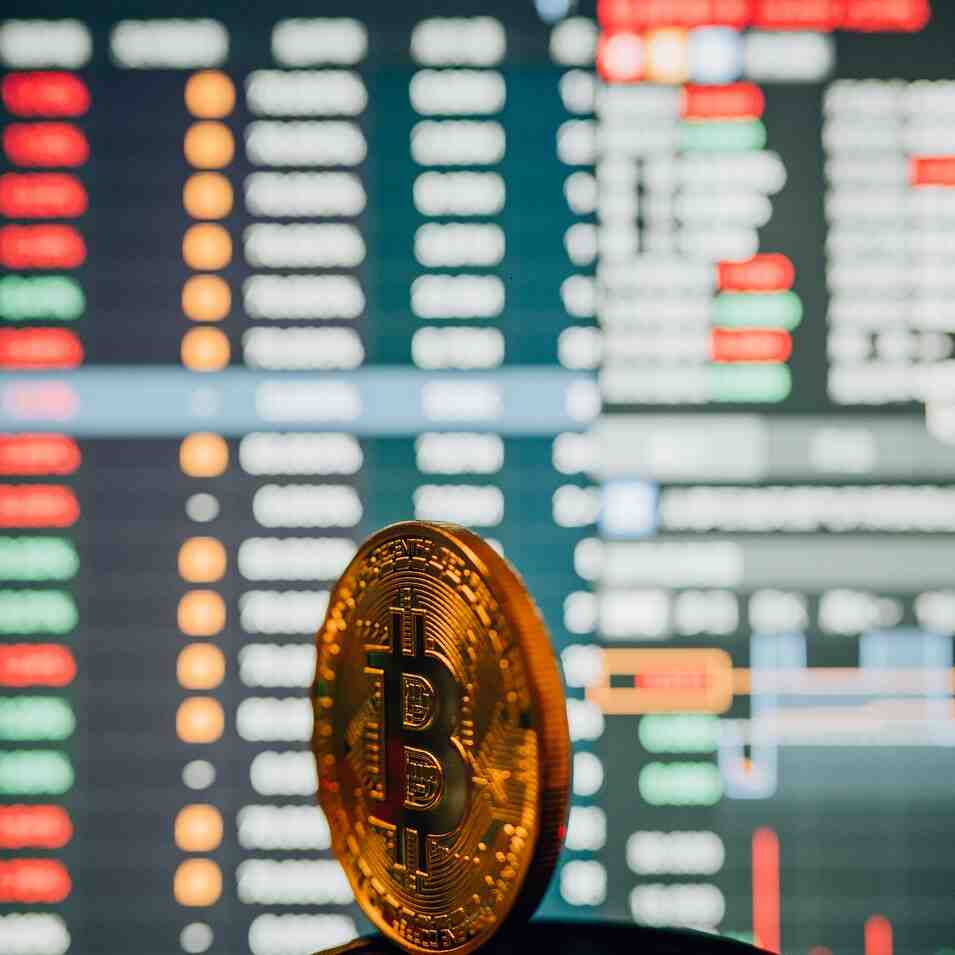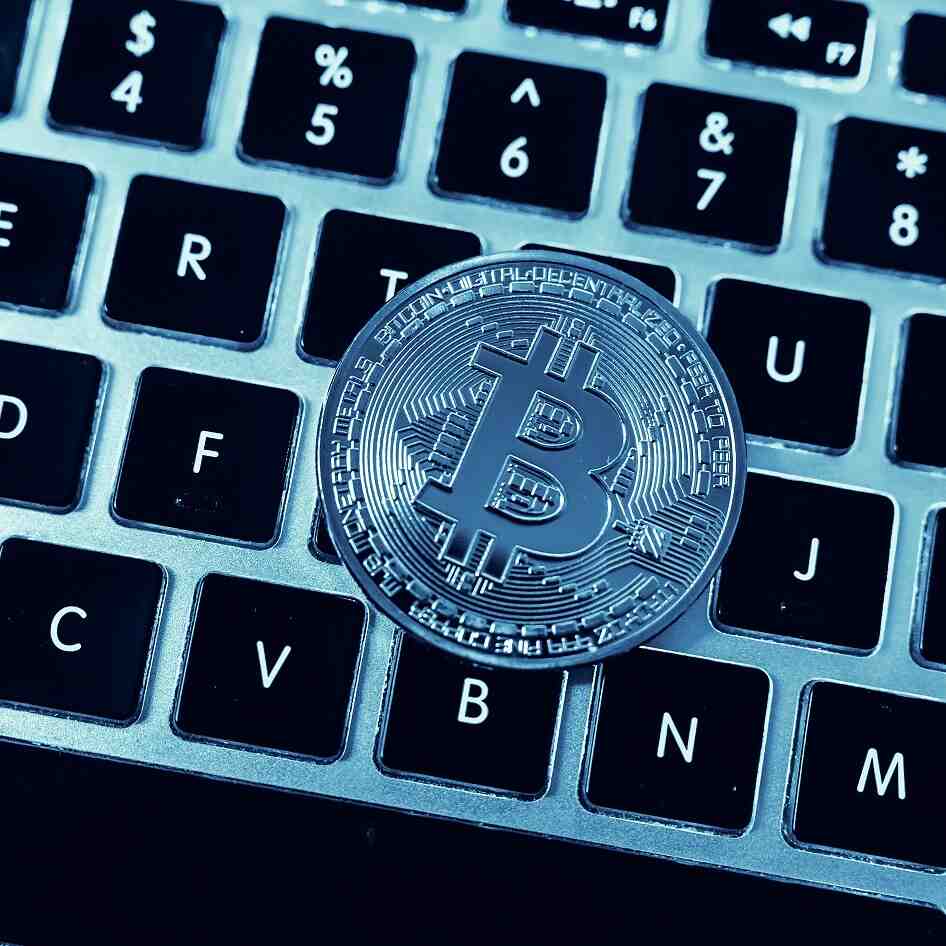Solana, a high-performance blockchain platform designed to enable decentralized applications (dApps) and cryptocurrency transactions, has made waves in the blockchain space since its inception. Launched in 2020 by Anatoly Yakovenko and a team of engineers, Solana has positioned itself as a potential challenger to Ethereum, one of the most well-known and widely used blockchain networks. With its focus on scalability, speed, and low transaction costs, Solana quickly garnered attention from developers, investors, and users alike. However, despite its early success, the network faces significant challenges as it seeks to solidify its place in the competitive blockchain ecosystem.
The Rise of Solana
Solana’s rise in the blockchain space can be attributed to several key factors that differentiate it from other platforms. One of the primary selling points of Solana is its speed. The blockchain is designed to handle thousands of transactions per second (TPS), far surpassing Ethereum’s current throughput. Solana can achieve this impressive scalability due to its innovative Proof of History (PoH) consensus mechanism, which works in tandem with the traditional Proof of Stake (PoS) model. This combination allows Solana to process transactions faster and more efficiently than many of its competitors.
Another critical feature that has contributed to Solana’s growth is its low transaction costs. Ethereum, despite its dominance in the space, has long struggled with high gas fees, particularly during periods of network congestion. In contrast, Solana offers negligible transaction fees, making it an attractive alternative for users and developers looking for a more affordable blockchain to build on. This affordability has allowed Solana to become the preferred choice for a wide range of decentralized applications, from DeFi protocols to NFTs, attracting a significant amount of activity and investment.
Additionally, Solana has built a strong ecosystem of developers and projects, with many projects opting to build on the platform due to its performance advantages. Solana’s ecosystem includes a growing number of decentralized finance (DeFi) platforms, non-fungible token (NFT) marketplaces, and gaming projects. As the platform’s popularity continues to rise, so does its user base and the overall value of its native token, SOL.
Key Advantages of Solana
Solana’s architecture and consensus mechanism offer several key advantages over other blockchain platforms. The first and most significant advantage is its speed. With the ability to process over 65,000 transactions per second, Solana is significantly faster than Ethereum and Bitcoin, which are limited to roughly 15-30 transactions per second. This scalability is a critical factor for the success of decentralized applications, as it allows for a smoother and more efficient user experience.
In addition to speed, Solana’s Proof of History mechanism is another major innovation. Unlike traditional blockchain systems that rely solely on Proof of Work (PoW) or Proof of Stake (PoS) for consensus, Proof of History timestamps transactions, creating a historical record that is verifiable by all nodes on the network. This enables faster block validation and improves the overall efficiency of the blockchain. As a result, Solana can process transactions more quickly and at a lower cost compared to its competitors.
The network’s low transaction fees are also a key advantage. High fees on networks like Ethereum have been a major barrier for users and developers, particularly during periods of high demand. Solana’s transaction costs are a fraction of a cent, making it an appealing choice for both users and developers. This has led to increased adoption of the platform, as more people and projects look to avoid the prohibitive costs associated with other blockchains.
Finally, Solana has been able to attract a strong developer community. The platform’s ability to support smart contracts and decentralized applications has led to a surge in development activity, with numerous projects launching on Solana. From decentralized exchanges (DEXs) to NFT marketplaces, Solana has become home to a wide range of innovative projects, contributing to its rapid growth.
The Challenges Faced by Solana
Despite its many advantages, Solana faces several challenges that could hinder its long-term success. One of the primary concerns is network stability. Solana has experienced several outages since its launch, which have raised questions about the reliability of the platform. In September 2021, the network suffered a major outage that lasted over 17 hours, disrupting services for users and developers alike. While the Solana team has worked to resolve these issues and improve network stability, concerns about the platform’s ability to handle large-scale adoption remain.
Another challenge for Solana is its competition with other blockchain platforms. While Solana’s performance and scalability have earned it a place in the spotlight, it faces stiff competition from other blockchain networks, particularly Ethereum. Ethereum, despite its scalability issues and high gas fees, remains the dominant platform for decentralized applications, with a large and established ecosystem. Additionally, Ethereum is transitioning to a Proof of Stake consensus mechanism with its Ethereum 2.0 upgrade, which is expected to improve scalability and reduce gas fees. This shift could make Ethereum more competitive with Solana, potentially limiting Solana’s market share.
Solana also faces the challenge of regulatory uncertainty. As with many other cryptocurrencies and blockchain platforms, Solana’s future could be impacted by government regulations. Governments around the world are beginning to take a closer look at cryptocurrencies and blockchain technology, and new regulations could affect Solana’s operations. While the platform has not yet faced significant regulatory hurdles, the evolving legal landscape could pose risks to its growth.
Moreover, while Solana’s low transaction fees are an advantage, they also raise concerns about the long-term sustainability of the network. Solana’s fees are significantly lower than those of Ethereum, but the platform’s revenue model relies heavily on transaction fees. If the network’s fees remain low, it could struggle to generate enough revenue to fund development and infrastructure improvements. As the network grows and adoption increases, Solana may need to find a way to balance low fees with the need for long-term sustainability.
The Future of Solana
The future of Solana depends on how it addresses the challenges it faces. One of the most critical factors for the platform’s success will be its ability to maintain network stability as it scales. The team behind Solana is actively working to improve the platform’s infrastructure, and if it can overcome its reliability issues, it could continue to attract more developers and users.
Another key factor will be Solana’s ability to compete with other blockchain platforms, particularly Ethereum. While Solana offers significant performance advantages, Ethereum’s large ecosystem and ongoing upgrades could make it a formidable competitor. However, Solana’s focus on scalability and low fees could give it an edge in the growing DeFi and NFT markets.
Finally, regulatory clarity will play a crucial role in Solana’s future. As the regulatory environment for cryptocurrencies evolves, Solana will need to ensure that it complies with any new regulations that may arise. If the platform can navigate the regulatory landscape successfully, it could continue to grow and establish itself as a leading blockchain network.
Conclusion
Solana’s rise in the blockchain space has been nothing short of impressive. With its speed, scalability, and low transaction fees, it has attracted a growing number of developers and users. However, the platform faces significant challenges, including network stability, competition from other blockchain networks, and regulatory uncertainty. The future of Solana will depend on its ability to address these challenges while continuing to innovate and improve its infrastructure. If it can do so, Solana has the potential to become a major player in the blockchain space, offering a scalable and affordable alternative to Ethereum and other platforms.











